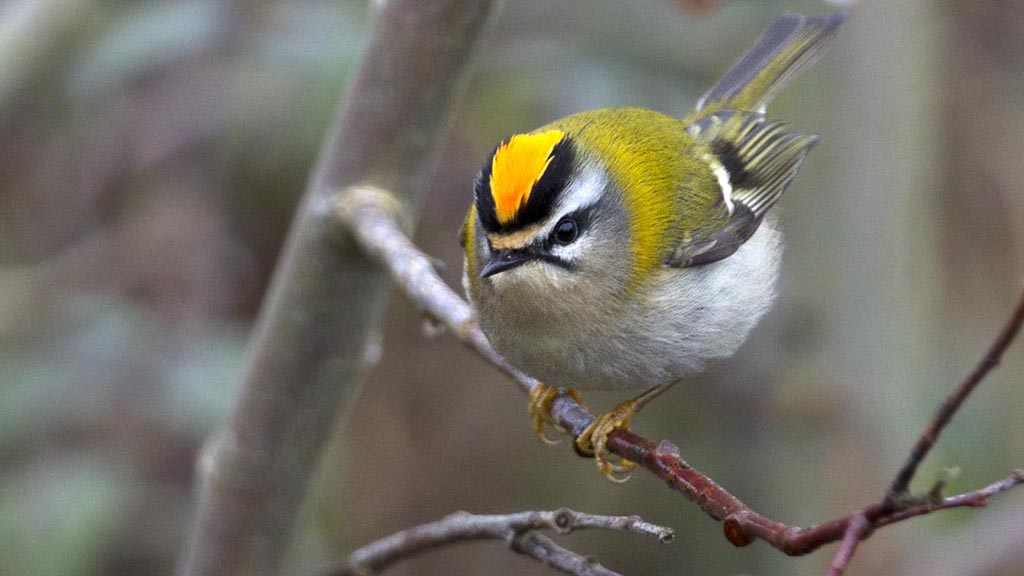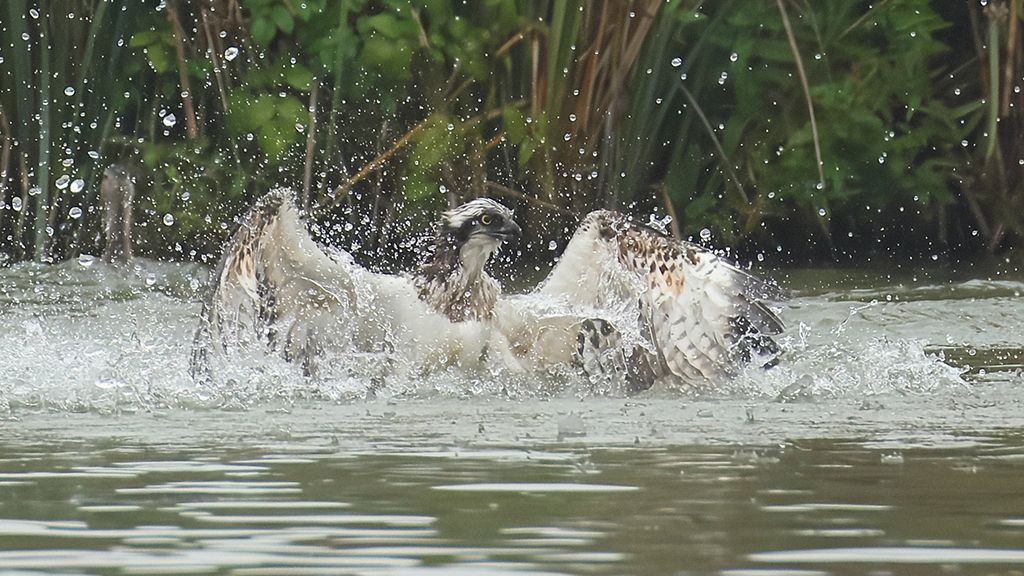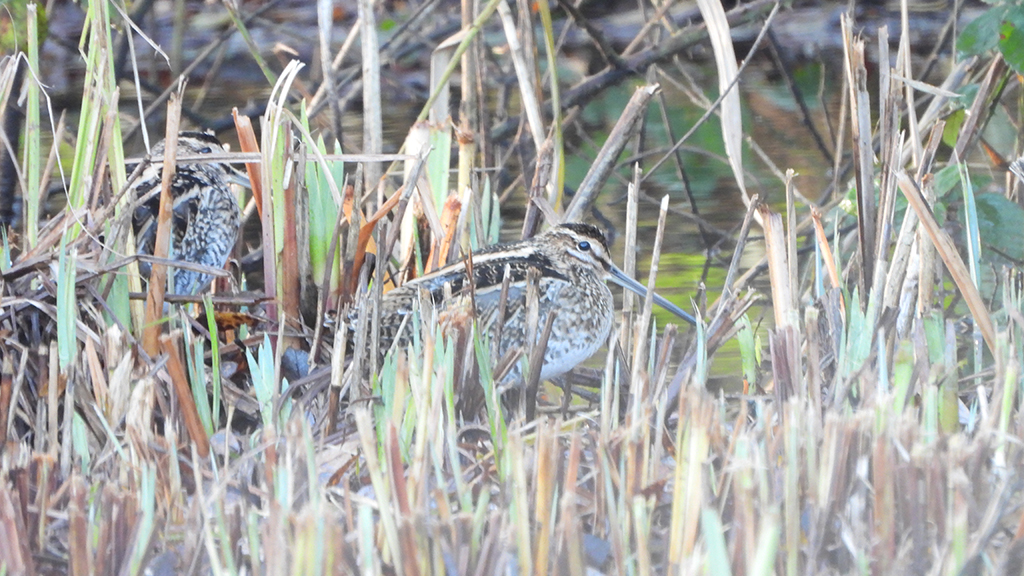Wildlife Sightings column from Chichester Observer newspaper
Walk taken April 17 2012 by Paul Stevens A cold rain is falling and it is very windy - perfect weather for the swallows and martins to hawk for insects over Swan Lake. The low cloud and rain pushe [...]

Walk taken April 17 2012 by Paul Stevens
A cold rain is falling and it is very windy - perfect weather for the swallows and martins to hawk for insects over Swan Lake. The low cloud and rain pushes the insects closer to the water, giving me great views of swallows skimming the surface in pursuit. These winds also signal a change – now they are now from the south and favourable to the hirundines spring migration. Greater numbers of swallows, house and sand martins have been appearing on the reserve.
This is also a great weather for the blackbird and song thrush I hear singing. Rain has saturated the ground forcing worms and invertebrates to the surface for an easy meal. As the rain puddles, snails come out from rocks and other hiding places to avoid being drowned. Song thrushes can easily pick them off and use a rock as an anvil to smash the snails onto, shattering their shells. It’s possible to come upon an anvil site in the wild and find a small hill of snail shells there.
Heavy rain and winds also mean it is a great day to sit in a hide and watch wildlife. I head for the Lapwing hide to see how well the four young lapwing chicks are surviving out there. A wren is singing and a mallard family scrambles out of the pathway as I approach. I hear a sedge warbler in the ditch by the Ramsar hide. At the hide entrance I hear a Cettis warbler let out a blast to the left of the hide.
With my binoculars I check out the five nests out in front of the Lapwing hide. The female lapwing at the 2 o’clock nest has moved and she sitting differently, looking larger. I think her eggs have hatched and she has the young chicks underneath her. Lapwing chicks leave the nest when they hatch. They are vulnerable to the cold in this weather so the mother will call them back to brood underneath her periodically. Sure enough I watch as she shifts and chicks start emerging, three and then a fourth! We now have eight lapwing chicks on the wet grassland.
The other four chicks from the nest at 12 o’clock hatched last week. Their mother hovers nearby as the scramble along the muddy water’s edge looking for insects. She gives a warning cry and the chicks flatten on the ground as she takes on one of five black-headed gulls she thinks are getting too close.
Still to hatch in front of the Lapwing hide are the nest sitting at ten o’clock and a nest at one o’clock. I watch a female lapwing land, returning to her nest directly in front of the hide just 30 metres away. These chicks will hatch close enough to allow for some stunning photos soon.
A male greylag is striding around the grassland, posing in front of the hide windows. A pair of shelduck feed, and two male gadwall swim in the channel in front of the hide. Male gadwall sightings are increasing meaning the females are likely on nests.
I go over to the Reedbed hide to investigate recent sightings of lapwing there. It’s not really their type of habitat. I am surprised to see a female hunkered down in the green area where we cut the reed this winter. This must be the nest of the lapwing pair that was investigating the islands on Swan Lake. In a few weeks the nest will be hidden by vegetation but there will be plenty of damp grounds for the chicks to find food. This means we now have 9 pairs of Lapwing breeding on the reserve this year.
After heading back inside to dry off the sun beckons me out again in the afternoon. Our common tern has returned, gliding in over Swan Lake.




